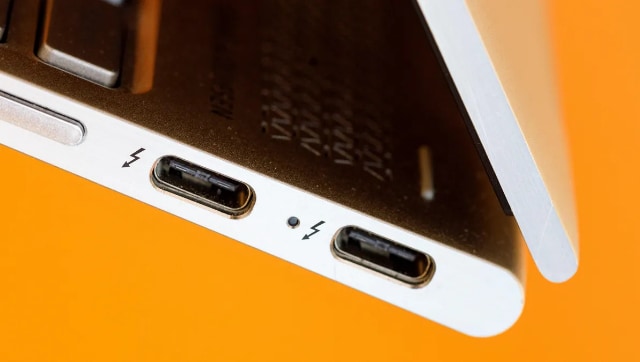Mehul Reuben DasOct 05, 2022 10:57:57 IST
The European Union’s decision to finally implement a common charger policy for smartphones, tablets, cameras and laptops is a step in the right direction. However, the legislation is bound to have far-reaching ramifications for a number of products. The legislation may also trigger other countries to come up with similar policies.
EU’s mandate to have even low-powered devices like keyboards and mice use USB-C may lead to the death of USB-A. | Image Credit: Unsplash
Several other countries are also contemplating whether they should take a page from the EU’s playbook and have one charging port as standard. India, for example, is considering implementing a policy similar to the EU, wherein we will have a common charger for devices across the spectrum
While the smartphone industry is already well-equipped to implement this new policy, with the exception of Apple which continues to insist that the Lightning Port is the best way to charge your iPhones, laptop manufacturers will certainly have a tough time implementing this policy quickly.
Although there are laptops that support USB-C power delivery and can be charged using a Type-C port, almost all laptop manufacturing brands insist on using proprietary connectors. Apple, for example, uses MagSafe connectors. HP on the other hand uses a thin, pin-like connector. Dell and Lenovo, use a more rounder and thicker connector.

Certain laptops have started offering USB-C only charging with their premium products. But mid-range and budget laptops still get better charging from the proprietary port. | Image Credit: Pexels
Laptop manufacturers need to come up with better power delivery solutions for their USB-C ports, which is why the EU has set the deadline for laptops for 2026. Meanwhile, customers who have laptops now may have to consider investing in good and robust dongles if they want to continue using their current charging bricks well into the future.
This also gives laptop manufacturers the perfect excuse to cajole their customers to prematurely upgrade their devices, or at the very least, to buy new USB-C-based chargers that is compatible with their laptops.
Another ramification that the new policy will have is on the accessories industry. Devices such as keyboards, mice, webcams etc don’t need the extra bandwidth or power that USB-C carries, and they work perfectly fine with USB-A. Now that these devices to need to use USB-C, prices for mice, keyboards and other PC accessories are likely to go up, marginally. Or so we hope.
This also brings us to another issue. Most laptops and desktop computers barely have more than two or three USB-C ports. Budget motherboards rarely have more than two Type-C ports. With the increasing number of devices that will use a Type-C port, motherboard manufacturers will have to redesign the way they implement chipsets.
This could potentially mean the death of USB-A. Have an old external hard disk which uses USB-A? Chances are that you may have to deal with a lot of headaches in the future, just to connect it to your new laptop or desktop computer.
In the short term, there may be an upshot in e-waste, especially as more and more people start investing in products and chargers that use USB-C as a charging standard. There will also be issues in using legacy USB devices unless people are willing to invest in good convertors and dongles. In the long run, though, having USB-C will not only be beneficial for the environment, it will be a lot more convenient for end users.
Source by www.firstpost.com




























